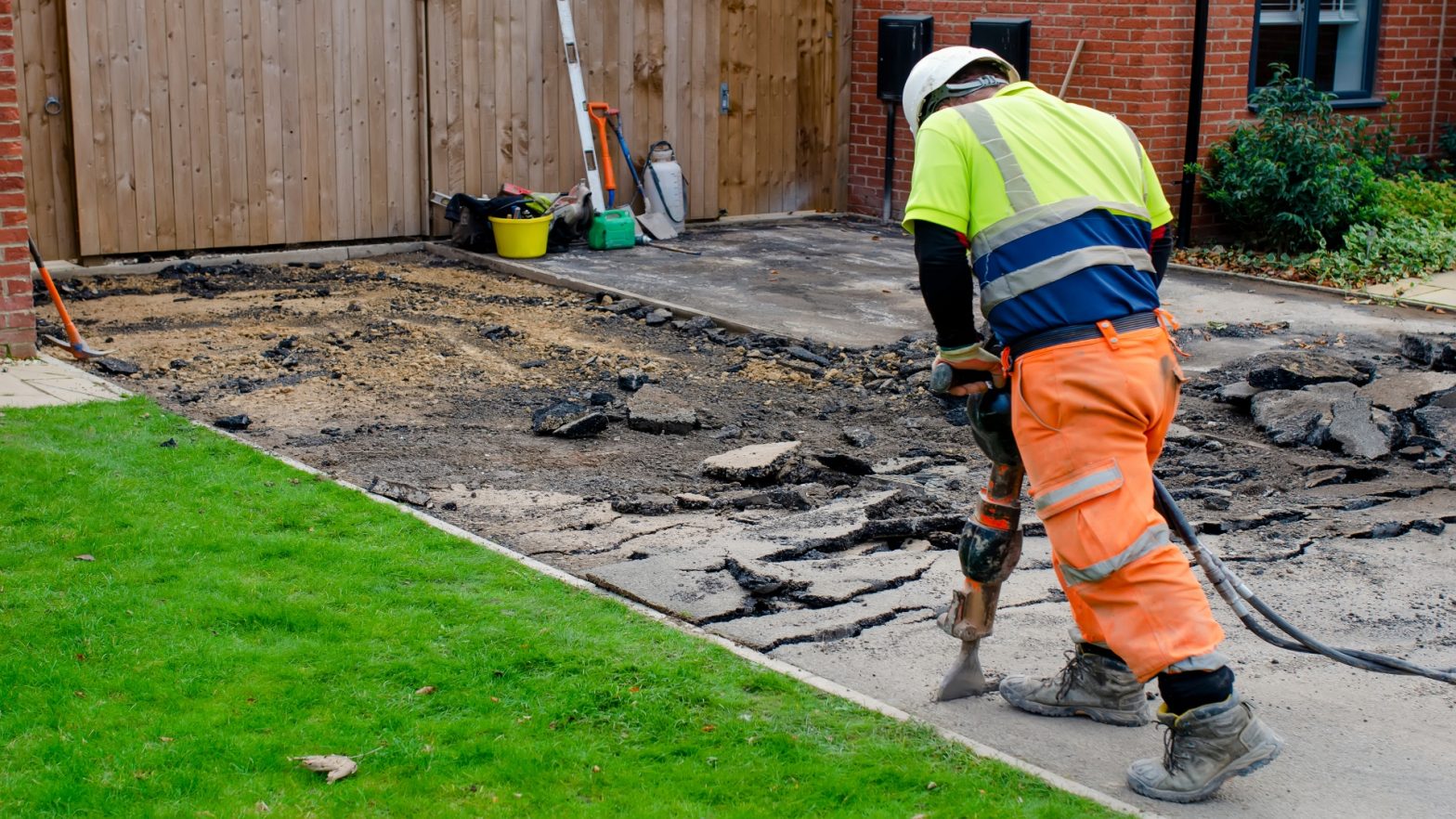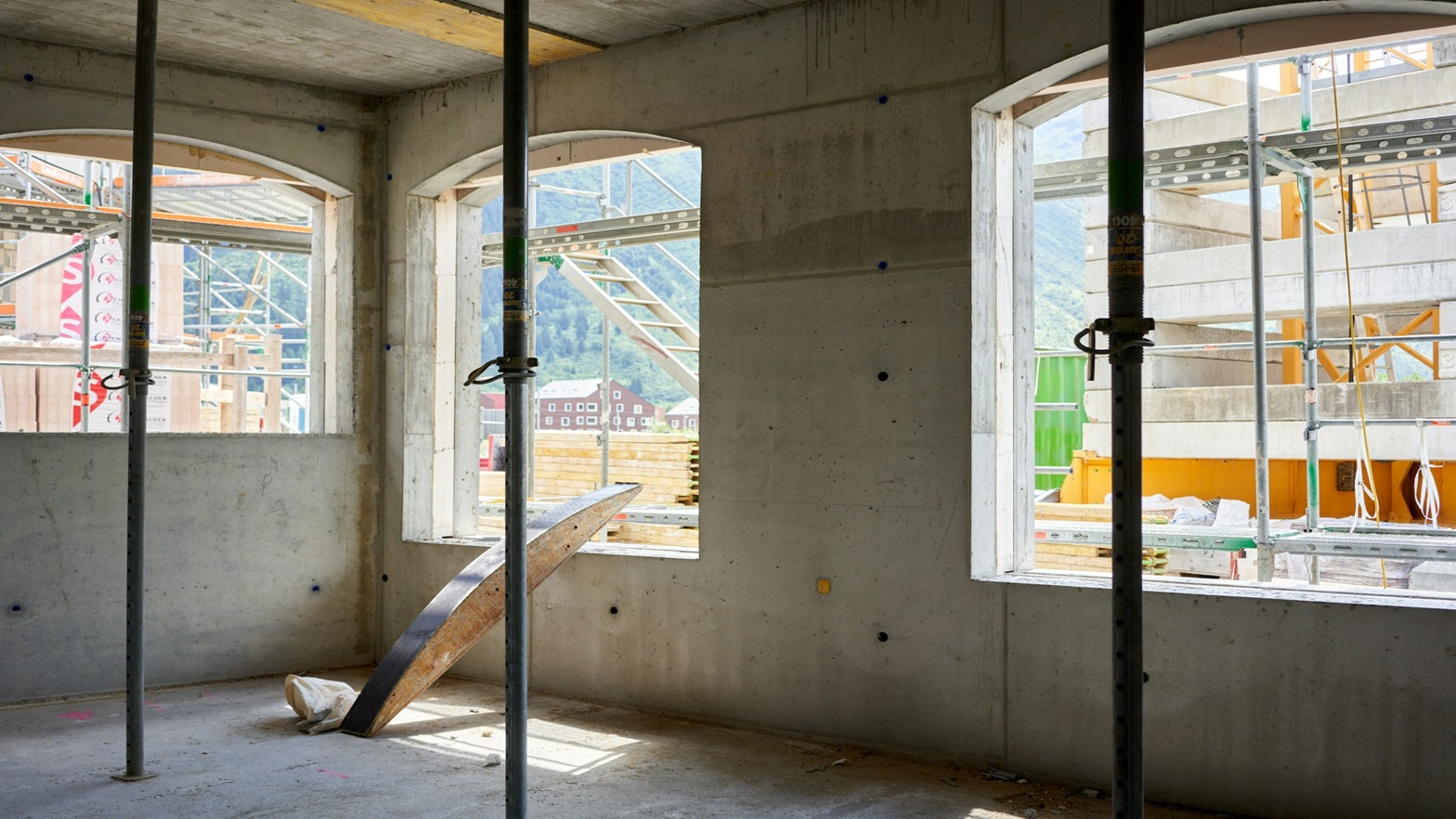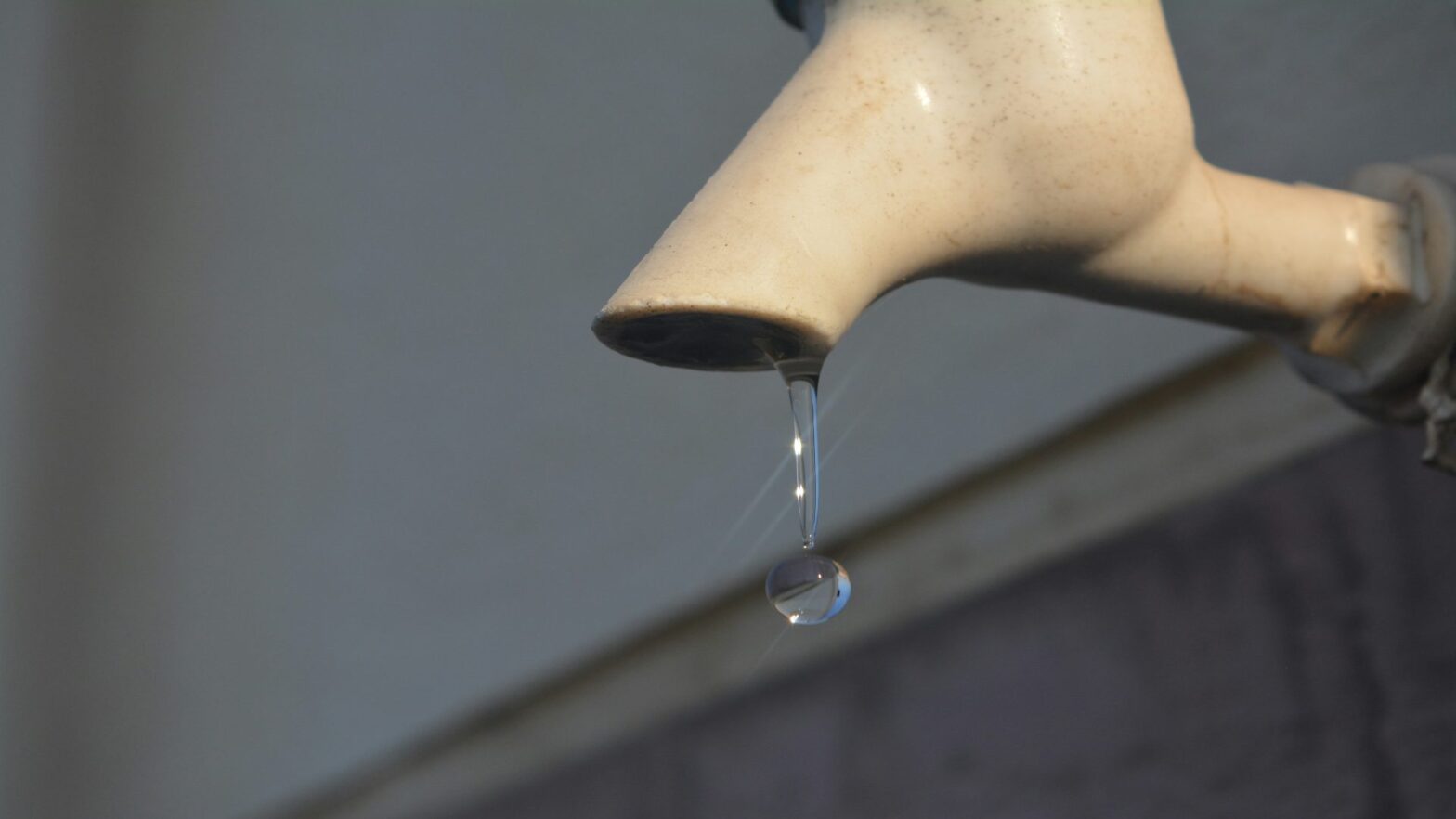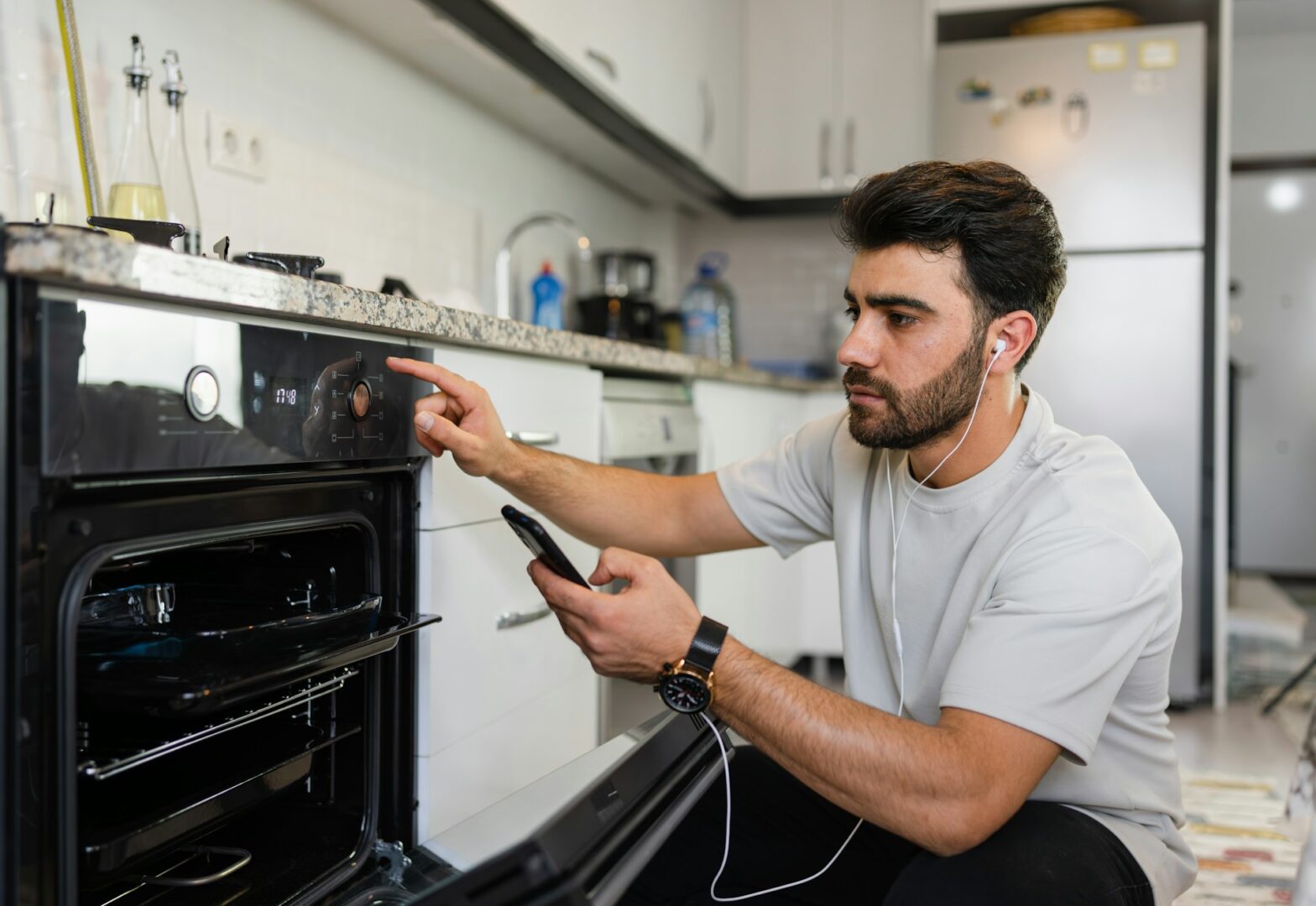5 Common Curb Issues and How to Properly Repair Them
Curb appeal is important for any property, and a well-maintained curb can make a significant difference in the overall appearance of your home or business. However, curbs are often overlooked when it comes to maintenance, and over time, they can develop a variety of issues that can detract from the appearance of your property.
Curb damage is an all-too-common problem for homeowners and business owners alike. From minor scrapes to major cracks, curb issues can be a real eyesore and can even pose a safety hazard.
Fortunately, many curb problems can be repaired with know-how and elbow grease. In this article, we’ll explore five of the most common curb issues and provide tips on how to repair them properly.
Potholes be gone: solutions for curb damage.
When it comes to curb damage, potholes can be a major concern and pose a risk to both vehicles and pedestrians. These potholes are a common issue in many countries, including the U.S. and Australia.
In the U.S., potholes are often caused by freezing and thawing cycles, heavy traffic, and poor road maintenance. To repair potholes, the most common method is to fill them with asphalt patching material. This is typically done by cleaning the pothole, filling it with the patching material, and then compacting it with a roller or tamper.
In Australia, potholes are often caused by heavy rainfall and flooding, especially in major cities. One of the most common methods of pothole repairs Perth, Sydney, and Brisbane, among others, is to fill them with a cold mix of asphalt material.
It’s typically done by cleaning the pothole, filling it with the cold mix material, and then compacting it with a roller or tamper. This not only helps to prevent further damage but also improves the aesthetics of the curb.
In some cases, hot mix asphalt may be used for larger potholes or in areas with heavy traffic.
Additionally, regular inspections and maintenance can help identify and address any potential potholes before they become a bigger problem. Implementing these solutions, you can say goodbye to potholes and maintain well-maintained curbs in your community.
Cracked concrete? Repair with these tips.
Another common issue that homeowners often face with their curbs is cracked concrete. Cracks in the concrete can not only be unsightly but can also pose a safety hazard if left unattended. Fortunately, several hacks can help you effectively repair cracked concrete and restore the curb’s integrity.
Firstly, it is important to assess the severity of the crack. For small hairline cracks, a simple DIY fix can be sufficient. This involves cleaning the crack with a wire brush, applying a concrete patching compound, and smoothing it with a trowel. However, for larger or more extensive cracks, it is recommended to consult a professional contractor who can properly assess the damage and provide a suitable repair solution.
Minor scrapes and scratches: quick fixes you can do.
Minor scrapes and scratches are the most common type of curb damage. These are often caused by cars or other vehicles bumping into the curb. While these types of damage may seem small, they can quickly accumulate and make your curb look unsightly. Fortunately, these types of damage are easy to repair.
The first step in fixing small scrapes and scrapes is to wash the area with soap and water. After the area has been cleaned, use a wire brush to remove any leftover paint or loose particles. After that, fill in the damaged area using a concrete patching mix. Using a trowel, even out the patching compound, then let it cure as directed by the maker. You can paint it to match the curb’s color when the mending compound has dried.
Fixing sunken curb: a step-by-step guide.
To properly fix a sunken curb, follow these step-by-step instructions. Begin by removing any loose debris or vegetation around the affected area. This will ensure a clean and stable foundation for the repair.
Next, use a hammer and chisel to create a rough surface on the hollow portion of the curb. This will help the new material adhere better. Once the surface is prepared, mix a concrete batch according to the manufacturer’s instructions.
Pour the concrete into the sunken area, filling it to the desired level. Use a trowel to smooth out the surface and achieve an even finish. Allow the concrete to cure for the recommended time, typically 24 to 48 hours. Finally, inspect the repaired curb and make any necessary adjustments or touch-ups.
Avoid drainage issues with proper repair techniques.
To prevent drainage issues, it is crucial to implement proper repair techniques when addressing common curb issues. Ensuring proper water flow away from your property not only prevents potential damage but also maintains the overall integrity of your curb.
One effective technique is to assess the slope and angle of the curb to guarantee that water is directed away from your property. Additionally, inspecting and repairing any cracks or gaps in the curb can prevent water from seeping underneath and causing further damage.
Proper tools for successful curb repair.
It’s essential to have the proper tools at your disposal. One important tool is a concrete saw, which allows for accurate and precise cutting of damaged curbs. This tool enables you to remove the damaged section of the curb and create a clean, even surface for repair.
Another crucial tool is a concrete mixer, which ensures the proper consistency and mixing of the concrete or asphalt material used to fill the repaired area. A trowel is also necessary for smoothing and leveling the newly poured material, ensuring a seamless and professional finish.
Conclusion
It is important to address curb issues as soon as possible to prevent further damage and maintain the aesthetic appeal of your property. By following these proper repair techniques, you can effectively fix common curb issues and ensure the safety and functionality of your sidewalks and curbs.





























